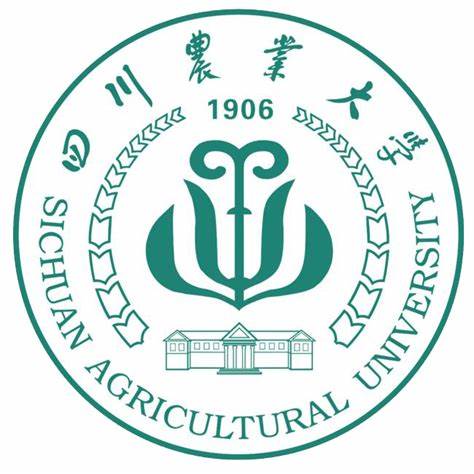Evaluation of oat (Avena sativa L.) populations for autumn sowing production in Southwest China
作者: 刁圣轩 审稿人:魏育明 时间: 2024-05-05 点击次数:次
https://onlinelibrary.wiley.com/doi/10.1111/gfs.12648
Grass and Forage Science,Volume79,Issue1,March 2024,Pages37-46
Yongjie Zhang,Shuchang Li,Xiaolong Dong,Qiuyu Mou,Jiajie Li,Xinyi Zhang,Min Lin,Kaiquan Yu,Pingping Zhou,Xiaobo Liu,Xiaoling Luo,Honghai Yan,Yuanying Peng
Abstract
Much of Chinese animal husbandry relies on the continuous availability of forage crops, but climactic constraints in production regions cause seasonal shortages which threaten the industry. This study compares the major characteristics of different forage oat lines and cultivars to evaluate their suitability for cultivation in the winter fallow fields of southwest China. To achieve this goal, six oat populations (2 cultivars and 4 lines) were sown in autumn in three locations in southwest China. Yield-related traits such as dry matter yield (DMY) and plant height (PH), as well as nutritional traits such as crude protein (CP), crude ash (ASH), neutral detergent fibre (NDF), acid detergent fibre (ADF), and relative feed value (RFV) were measured during two consecutive growing seasons. Our results indicate that all measured traits, with the exception of CP, were significantly influenced by environment, genotype, year and their interaction (p < .05). Forage yield (DMY) had a positive correlation with PH and RFV, but a strong negative one with nutritional values, suggesting a trade-off between yield and quality. Among the six oat populations, ‘WC109’ consistently displayed the highest DMY, PH, and CP mean values as well as lower ASH, NDF, and ADF compared to all the other cultivars/lines. Based on these findings, ‘WC109’ was selected as the ideal candidate for autumn-sown forage oat in southwest China.


